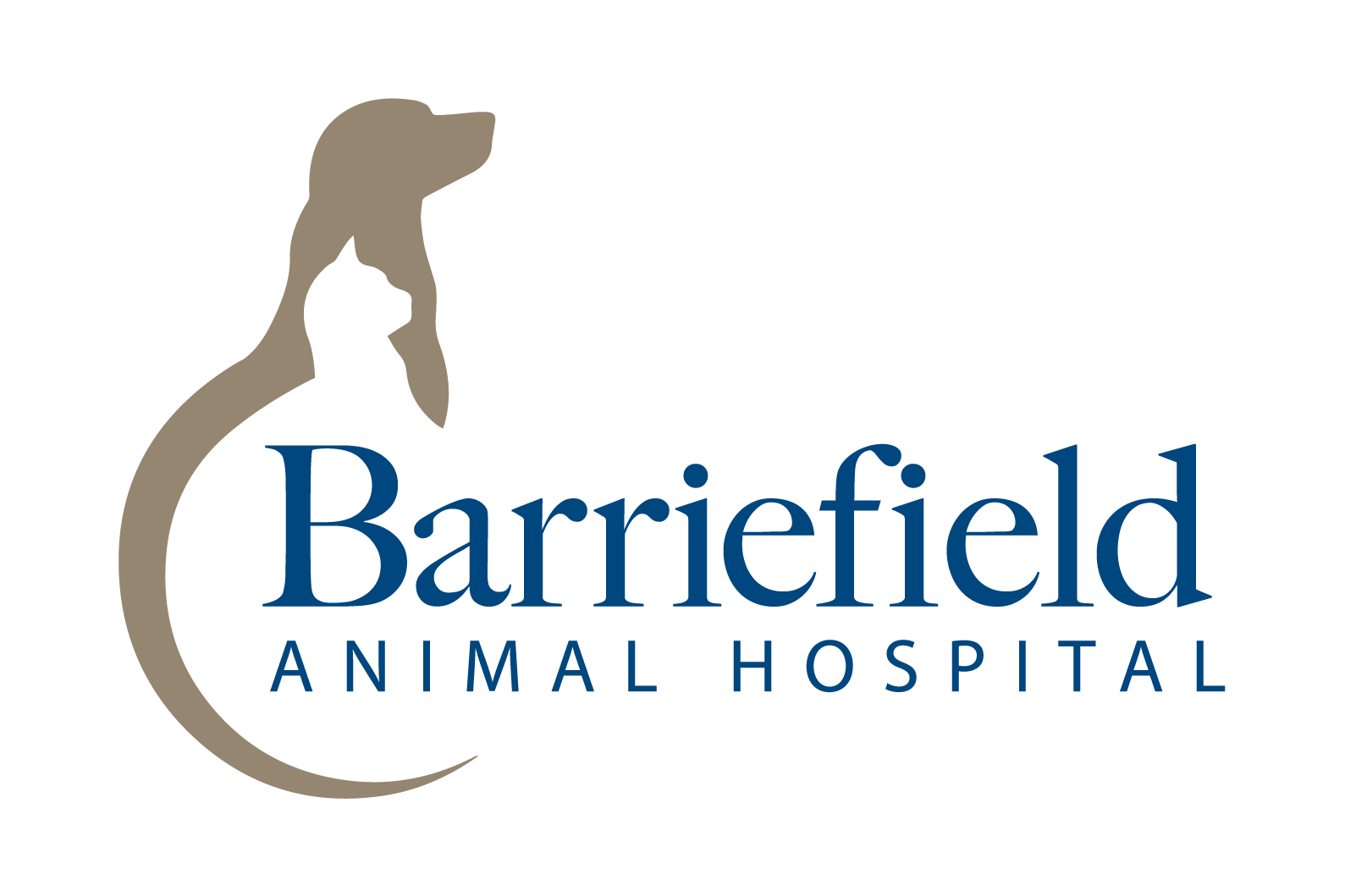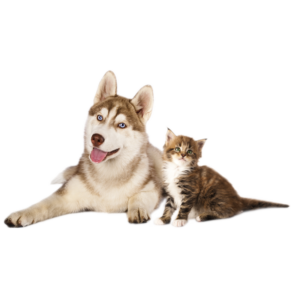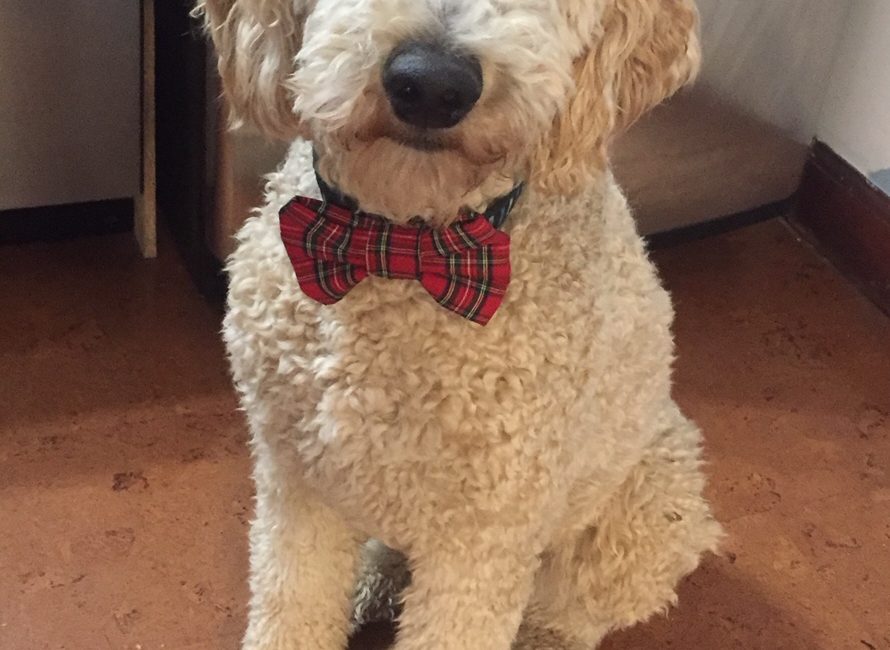Gastric dilatation and volvulus (GDV) is a serious and life-threatening condition that has always been especially on my radar because for many years I have been the owner of one of the higher risk breeds. Also known to pet owners as bloat, GDV tends to occur in large, deep-chested breeds of dogs such as Great Danes, Standard Poodles, Irish Setters, German Shepherds and Weimaraners, among others.
GDV occurs when the dog’s stomach becomes distended with gas and fluid and rotates or twists within the abdomen. Signs develop and progress rapidly. Dogs with this condition may be restless, have a distended abdomen and rapid breathing, drool excessively, and retch without bringing anything up. The twisting of the stomach prevents vomiting or normal exit of gas and fluid into the intestines, so they continue to accumulate. The distended twisted stomach compromises blood flow out of the abdomen, resulting in weakness, collapse, and shock.
Since dogs with GDV can deteriorate so quickly, it is important to recognize the signs and seek veterinary attention immediately so life-saving surgery can be performed. Your veterinarian can diagnose GDV with a single abdominal x-ray. GDV requires abdominal surgery to untwist the stomach and relieve the obstruction. The stomach is surgically tacked to the inner abdominal wall to permanently prevent the rotation from reoccurring. Unfortunately, not every dog can be saved by surgery because of the severe damage GDV can do to the body.
There are many factors that contribute to a dog’s risk of developing GDV. As mentioned above, it occurs most commonly in large dogs with deep narrow chests. There seems to be a hereditary component as well. Dogs with anxious, nervous temperaments are more prone, especially when in stressful situations such as a boarding kennel. Eating rapidly, eating a single large meal per day, and eating from a raised food dish can be associated with the development of GDV.
A few weeks ago Gordie, my one-year-old Standard Poodle, had surgery at our clinic to prevent GDV. This procedure, called a prophylactic gastropexy, involves suturing the stomach in its normal position to the inner abdominal wall to prevent it from rotating. Gastropexy is an effective and low-risk procedure that can be performed on its own or when a dog is spayed or neutered. Gordie had a minimally invasive laparoscope-assisted gastropexy, with a 4-centimetre incision and a short recovery time.
Whether to have preventative surgery performed is an individual decision for every pet owner. Great Danes are at the highest risk, with GDV occurring in about 1 in 3 at some point in their life. We therefore always recommend having a prophylactic gastropexy performed in Great Danes. I know I will certainly sleep easier knowing that my dog’s stomach will be staying where it belongs.
Written by: Dr. Megan Edwards, Associate Veterinarian




